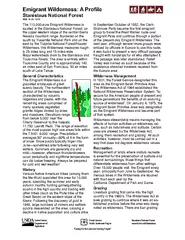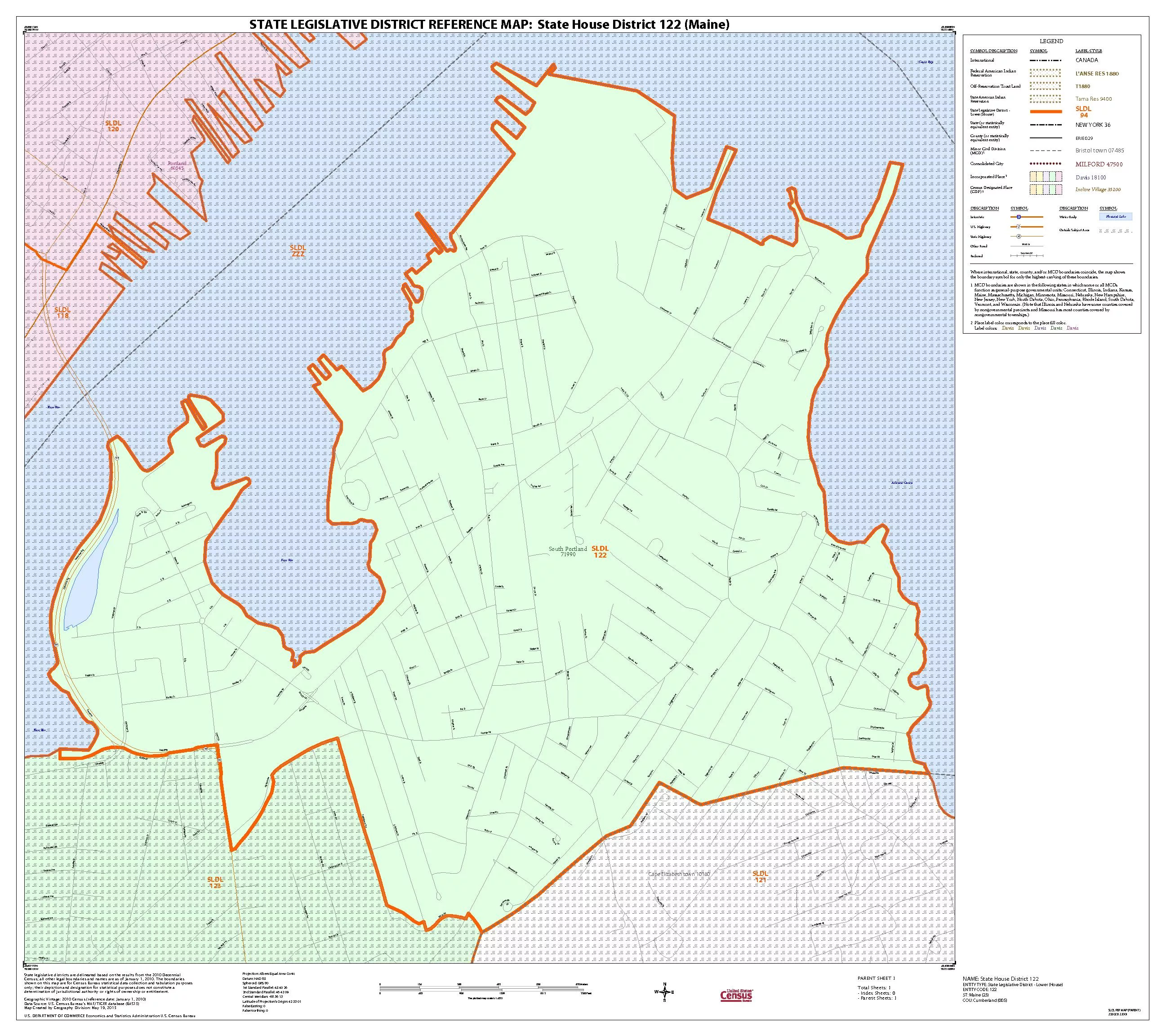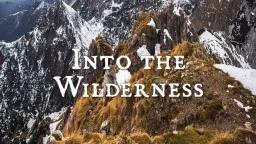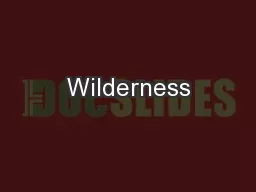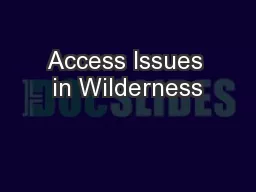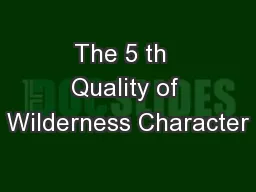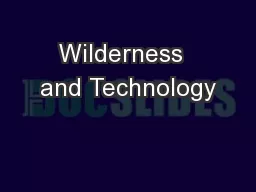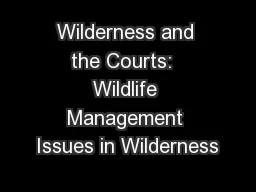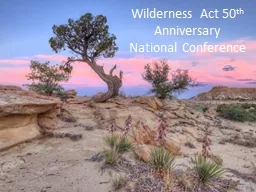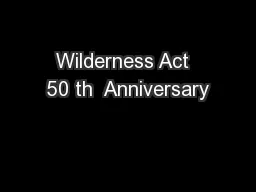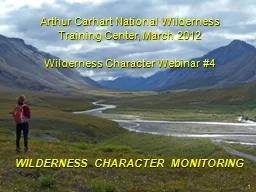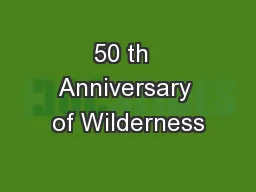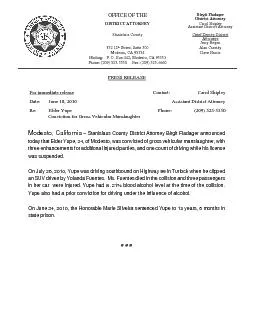PDF-Emigrant Wilderness A Profile Stanislaus National Fore
Author : natalia-silvester | Published Date : 2015-06-08
Bordered on the south by Yosemite National Park and on the east by the Toiyabe National ForestHoover Wilderness this Wilderness measures rough ly 25 miles long and
Presentation Embed Code
Download Presentation
Download Presentation The PPT/PDF document "Emigrant Wilderness A Profile Stanislaus..." is the property of its rightful owner. Permission is granted to download and print the materials on this website for personal, non-commercial use only, and to display it on your personal computer provided you do not modify the materials and that you retain all copyright notices contained in the materials. By downloading content from our website, you accept the terms of this agreement.
Emigrant Wilderness A Profile Stanislaus National Fore: Transcript
Download Rules Of Document
"Emigrant Wilderness A Profile Stanislaus National Fore"The content belongs to its owner. You may download and print it for personal use, without modification, and keep all copyright notices. By downloading, you agree to these terms.
Related Documents

